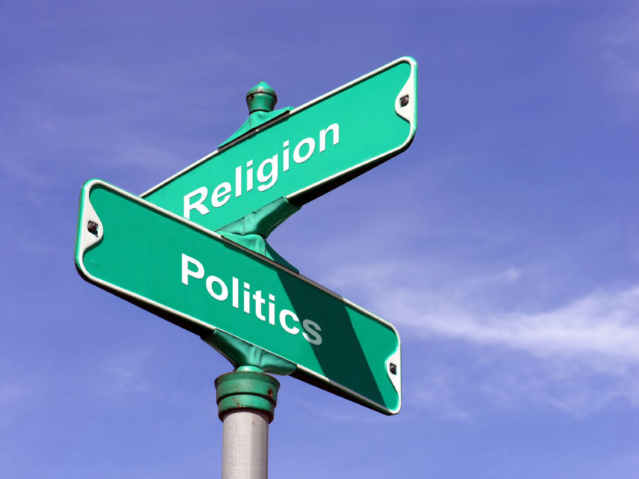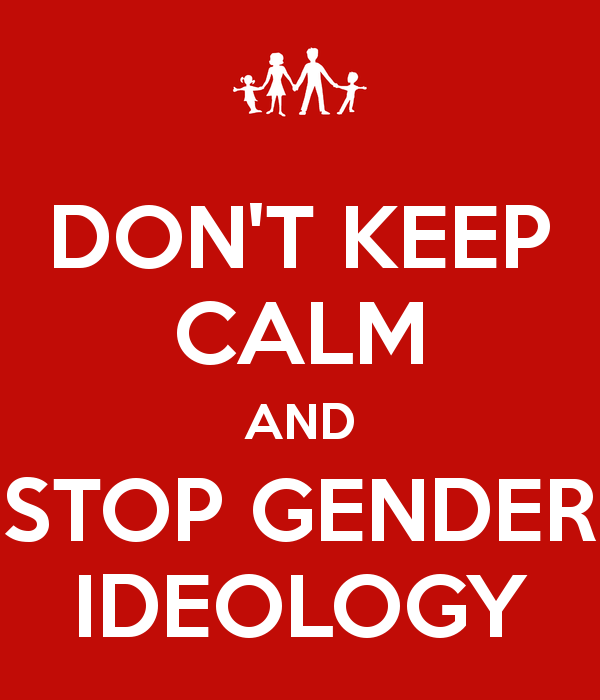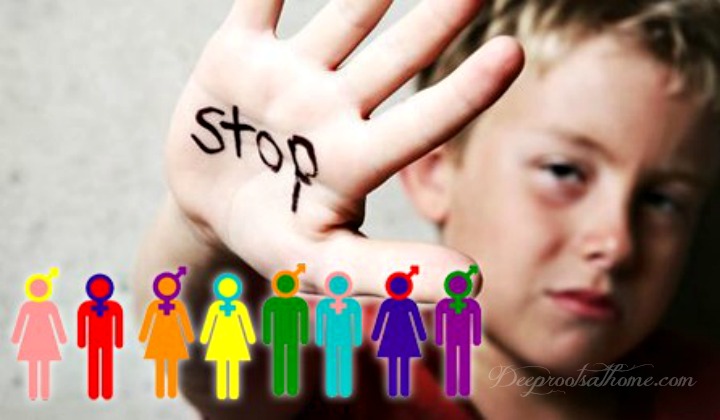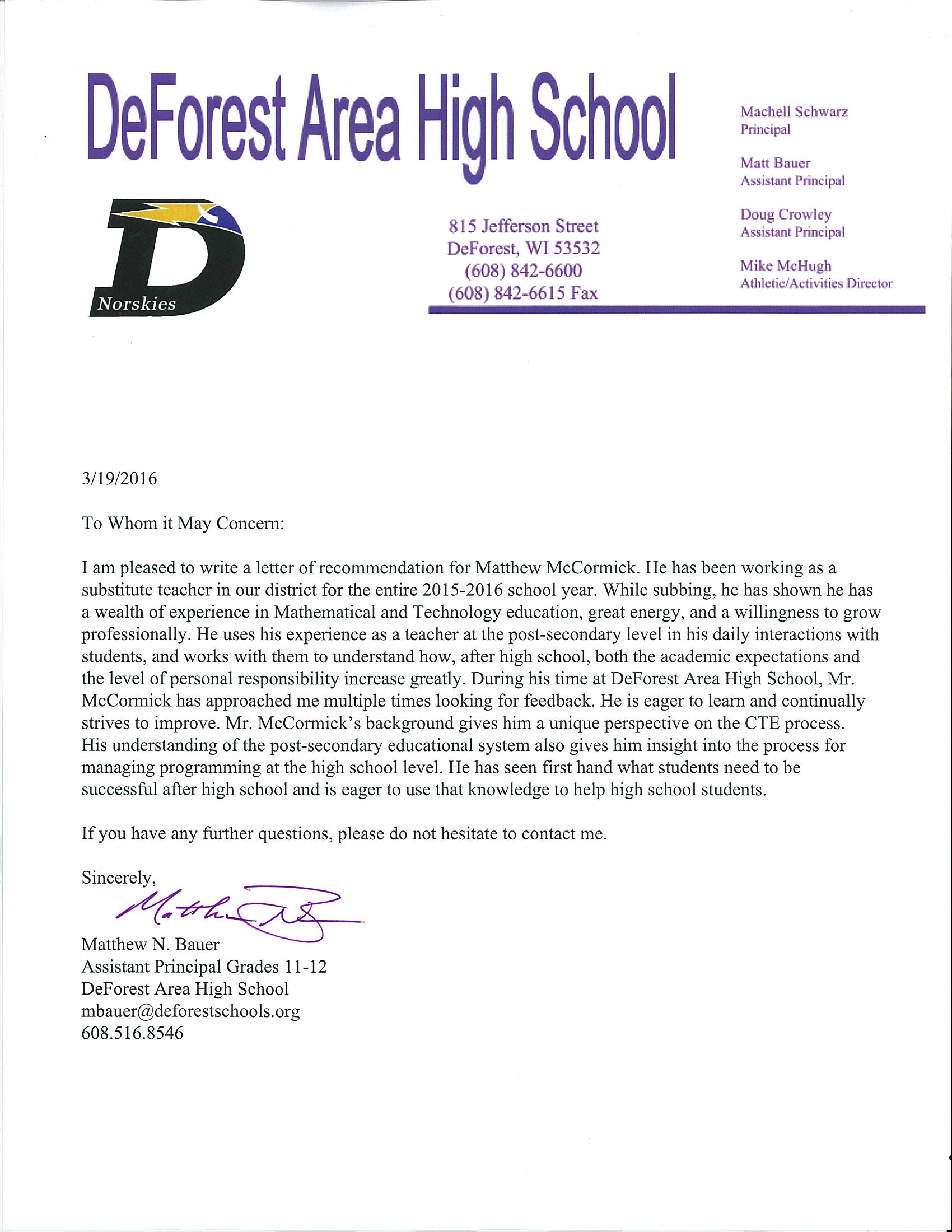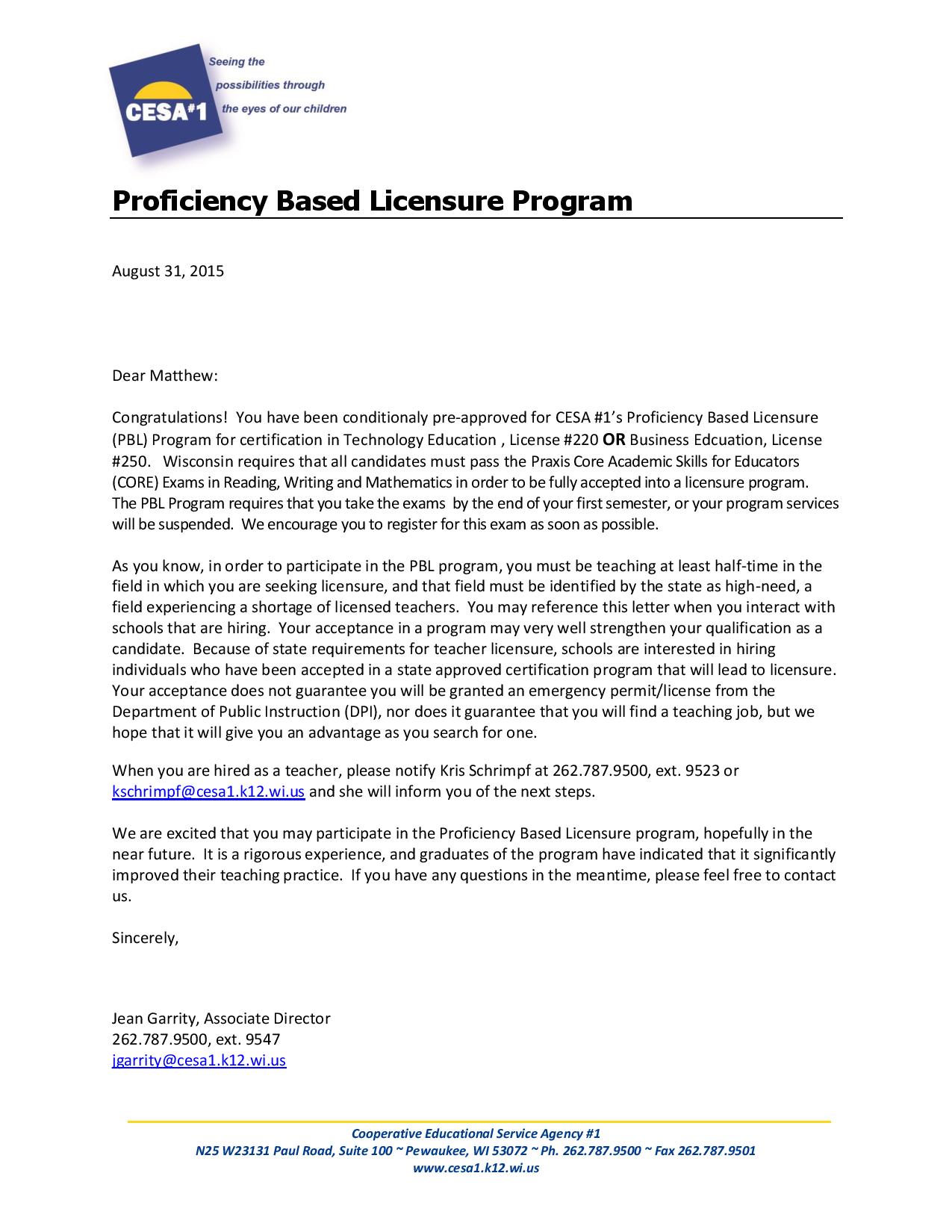Summary:
DeVry
Spring 2002 2. TCM 130 – Into Telecom, TCM 233 – Voice Communictions
Fall 2002 3. TCM 250 – WAN/LAN, TCM 474 – Infosec, IT 320 – IT Architecture/OS
DePaul
Fall 2009 2. CNS 378-Host Infosec – ONLINE
Spring 2010 1. ECT 582-ecommerce – ONLINE
Summer 2010 2 TDC 477 – Network Security – ONLINE +10
City Colleges of Chicago – Harold Washington College
Spring 2013 1. CIS 120
Fall 2013 2. CIS 120
Madison College
Fall 2013 3. Algebra 1
Fall 2014 2. Math of Finance
Spring 2015 3. Math of Finance
Fall 2015 3. Math of Finance – ONLINE +14
Herzing University
Fall 2014 1. IS 120
Spring 2015 1. BU 345 – ONLINE
Lakeland College
Fall 2015 1. CPS 445 – ONLINE
University of Wisconsin – Madison
Fall 2017 1. ISyE 601 IoT
Spring 2018 1. ISyE 601 IoT
University of the Cumberlands
Fall 2018 1. ISTCOL 439 Cybersecurity Capstone II – ONLINE
Spring 2019 1. ITSIOL 332 Interconnecting Cisco Network Devices 1 – ONLINE
Spring 2019 1. ITSIOL 432 Cisco Routing & Switching Essentials – ONLINE +8
Columbia Southern University
Fall 2019 1. CS 1010 Computer Essentials – ONLINE
Fall 2019 1. BBA 3551 Information Systems Management – ONLINE
Fall 2019 1. ITC 3840 Maintaining Microcomputer Systems – ONLINE
Fall 2019 1. ITC 3450 Introduction to Data Communication – ONLINE
Fall 2019 1. ITC 3001 Personal Computer Fundamentals – ONLINE
Winter 2020 1. ITC 3450 Introduction to Data Communication – ONLINE
Winter 2020 1. ITC 3001 Personal Computer Fundamentals – ONLINE
Spring 2020 1. BBA 3551 Information Systems Management – ONLINE
Summer 2020 1. ITC 3840 Maintaining Microcomputer Systems I – ONLINE
Summer 2020 1. ITC 2302 Introduction to Data Communication – ONLINE
Summer 2020 2. BBA 3551 Information Systems Management – ONLINE
Fall 2020 1. ITC 3840 Maintaining Microcomputer Systems I – ONLINE
Winter 2021 1. ITC 3840 Maintaining Microcomputer Systems I – ONLINE
Spring 2021 1. ITC 3840 Maintaining Microcomputer Systems I – ONLINE
Summer 2021 1. ITC 2302 Introduction to Data Communication – ONLINE
Spring 2022 2. ITC 2302 Introduction to Data Communications – ONLINE
Summer 2022 1. ITC 2302 Introduction to Data Communications – ONLINE
Fall 2022 4. ITC 2302 Introduction to Data Communications – ONLINE
Summer 2023 1. ITC 2302 Introduction to Data Communications – ONLINE +24
Capitol Technology University
Fall 2020 1. CS 458 Senior Design Project II – ONLINE
Spring 2021 1. CS 130 Computer Science Fundamentals I – Introduction to Programming in Java – ONLINE
Eastern Gateway Community College
Winter 2021 1. NET 109 Introduction to Cybersecurity – ONLINE
Fall 2021 1. CYS 101 Networking Foundations – ONLINE
Fall 2021 2. CYS 100 Security Foundations – ONLINE
Spring 2022 1. CIS 225 Database Concepts – ONLINE
Odessa College
Summer 2021 1. BCIS 1305 Business Computer Applications – ONLINE
Fall 2021 2. BCIS 1305 Business Computer Applications – ONLINE
Benedictine University
Fall 2021 1. CMSC 4365 Intro to Cybersecurity – ONLINE
Arkansas State University
Fall 2021 1. CS 1114 Intro to Python Programming – ONLINE
Spring 2022 1. DIGI 3003 Intermediate Swift Programming – ONLINE
Spring 2022 1. CS 1114 Intro to Python Programming – ONLINE
Summer 2022 1. DIGI 5023 Build & Teach: Introduction to Machine Learning – ONLINE
Summer 2022 1. DIGI 5063 Build & Teach: Analysis & Design of AI – ONLINE
Fall 2022 1. DIGI 6023 Build & Teach: Design & Development of Artificial Intelligence
Fall 2022 1. DIGI 6033 Build & Teach: Artificial Intelligence Deployment Solutions +18
Saint Ambrose University
Spring 2022 1. CSCI 140 Advanced Foundations of Computer Science – ONLINE
Fall 2022 1. Build and Teach: CSCI 250 Introduction to Cybersecurity – ONLINE
Fall 2022 1. Build and Teach: CSCI Network & Data Communications – ONLINE
Spring 2023 1. Build and Teach: CSCI 315 – Cybersecurity Management – ONLINE
Spring 2023 1. Build and Teach: CSCI 480 – Blockchain Fundamentals – ONLINE
Webster University
Fall 2022 1. ITM 5000 – Information Technology Management – ONLINE
Fall 2022 1. ITM 5400 – Systems Analysis, Design, and Implementation – ONLINE
Spring 2023 1. ITM 5000 – Information Technology Management – ONLINE
Spring 2023 1. ITM 5100 – Information and Communications Systems Networks – ONLINE
Summer 2023 1. ITM 5100 – Information and Communications Systems Networks – ONLINE
Summer 2023 1. ITM 5600 – Information and Communications Security – ONLINE
Mount St Mary’s University
Fall 2022 1. CMSCI 120 Introduction to Python – ONLINE
Lindsey Wilson College
Spring 2023 3. MBA 6033 – International Business Management – ONLINE
Spring 2023 1. MSTM 6023 – Project Management – ONLINE
Summer 2023 1. MSTM 5013 – Disaster and Recovery Planning – ONLINE
Malone University
Fall 2023 1. CYBR 332 – Organizational Cybersecurity – ONLINE
92 courses taught = +11.5 yrs, 4-4, or, +15.5 yrs, 3-3 full time
Winner Columbia Southern University’s student nominated “Raising the Bar Award” for teaching excellence – http://magister.us/2020/01/columbia-southern-university-raising-the-bar-award/.
Course details:
Malone University
CYBR 332 – Organizational Cybersecurity
Students will study the knowledge and skills needed for the management of cybersecurity in organization IT environments. It focuses on planning, designing, implementing, managing, and auditing security at all levels. Topics may include: risk management, governance and policy, laws and compliance, strategy and planning, and ethical concerns.
Webster University
George Herbert Walker School of Business & Technology
ITM 5000 – Information Technology Management
This overview course presents a managerial and technical perspective that considers the application and management of information and communications technology in business and other types of organizations. The course includes an overview of all the core courses in the ITM curriculum. This course is a prerequisite for all other courses in the program.
Upon completion of this course students will know and explain basic technical terminology, concepts, principles, and practices as they relate to the use of information and information and communication technologies in support of organizational strategic goals.
Students will also know and explain basic organizational management, project management, contract management, security management, and financial management concepts, principles, practices, and techniques as they relate to managing people, information, and information and communications technologies in support of organizational strategic goals.
ITM 5400 – Systems Analysis, Design, and Implementation
This course covers the spectrum of activities in information systems life cycle management. The life cycle from the feasibility study through implementation and maintenance is examined. The course includes examination of structured analysis and design, prototyping, procurement and conversion methods. The roles
and responsibilities of various personnel involved, as well as the communication and documentation tools and techniques employed, are studied.
Saint Ambrose University
CSCI 140. Advanced Foundations of Computer Science
Introduces the software and hardware components that comprise modern computer systems. It approaches problem-solving through algorithms and their implementation in programming languages. It presents elementary concepts of computer architecture and the constraints such architectures impose on the representation of data and on the efficiency of operations. The course provides a brief overview of networking, security, and representative software applications. Topics include: Algorithms, efficiency, binary math, boolean logic, logic gates, virtual machines, networking, cloud computing, information security, programming, compilers, computer simulation & modeling, ecommerce, databases, data science, artificial intelligence, computer graphics & games, digital media, virtual communities.
CSCI 250. Build and Teach: Introduction to Cybersecurity
This course emphasizes our current dependence on information technology and how its security in cyberspace (or lack thereof) is shaping the global landscape. Several historical and contemporary global events that have been influenced by the exploitation of information technology motivates topics on cybercrime, malware, intrusion detection, cryptography, among others, and how to secure one’s own data and computer system. Several aspects of this course are geared toward developing an understanding of the “cyberspace” as a new medium that breaks all geographical boundaries, while highlighting noticeable influences on it from social, political, economic and cultural factors of a geographical region.
CSCI 270. Build and Teach: Network & Data Communications
Introduction to computer networks. Covers principles of the OSI model, network topologies, physical networks and connection schemes, protocols, error handling, security, and local area networks.
Benedictine University
CMSC 4365 – Intro to Networking
This course covers the definition of the internet along with a brief history, services required for the internet to operate, protocols, access networks, transmission media, network core, packet/circuit switching, transmission delay, loss, and throughput, queuing, layered architecture, encapsulation, cybersecurity, application layer, the world wide web, HTTP, caching, persistent and non-persistent connections, cookies, conditional GET, FTP, SMTP, DNS, P2P, distributed hashing tables, socket programming, creation of network applications, UDP/TCP, transport layer, relationship between different layers of the OSI 7 Layer model, multiplexing/demultiplexing, connectionless transport, checksum, flow control, congestion control, network layer, forwarding and routing, routers and their function, switching, control planes, IPv4/IPv6, routing algorithms, parity checks. CRC, DOCSIS, ARP, RIP, OSPF, BGP, Ethernet, VLANs, MPLS, wireless, latency sensitive communications.
Arkansas State University
CS 1114 – Introduction to Python Programming – Course Architect
Introduction to problem solving, algorithm development, and structured programming. Emphasis will be placed on problem solving and algorithm development. This course provides an introduction to programming and the Python language. Students are introduced to core programming concepts like data structures, conditionals, loops, variables, and functions. This course includes an overview of the various tools available for writing and running Python, and gets students coding quickly. It also provides hands-on coding exercises using commonly used data structures, writing custom functions, and reading and writing to files.
DIGI 5023 – Build & Teach: Introduction to Machine Learning
Programming fundamentals & logic, evolution/impact AI & ML, use cases, future trends/best practices AI & ML, analytics. Basic machine learning concepts and examples. Topics covered include basic probability notions, Bayesian inference, nearest-neighbor algorithms, on-line learning (Halving, Weighted Majority, Perceptron, Winnow), support vector machines, kernel methods, decision trees and ensemble methods (Boosting, Bagging).
DIGI 5063 – Build & Teach: Analysis & Design of AI
Use cases AI, exception conditions, problem statements, convert high/low-level design, intelligent agents, expert systems, machine neural networks, machine learning models, deep learning use cases, natural language processing, business requirements translation, flows, exceptions, thesis project.
DIGI 6023 – Build & Teach: Design & Development of Artificial Intelligence
This course includes continued work from DIGI 5063 and includes furthering work on Master’s thesis, coding in Python for Artificial Intelligence, semantics of first-order logic, validity & logical implication, derivation systems, universal instantiation, universal generalization, existential generalization, existential instantiation, certain knowledge representation, taxonomic knowledge, semantic nets, frames, nonmonotonic logic, circumspection, default logic, supervised learning, regression.
DIGI 6033 – Build & Teach: Artificial Intelligence Deployment Solutions
This course includes continued work from DIGI 5023 and includes furthering work on Master’s thesis, coding in Python for Artificial Intelligence & Machine Learning. Topics included are logistic regression, density estimation, ML, MAP, Maxent models, multi-class classification (Conditional Maxent models, binary classifiers and error-correction codes), regression (linear regression, Kernel Ridge Regression, Lasso, neural networks), clustering (K-means, DT clustering), dimensionality reduction (PCA, KPCA), introduction to reinforcement learning and elements of learning theory.
Eastern Gateway Community College
NET109 – Introduction Cyber Security
This course introduces foundational topics of IT security concepts, tools, and best practices. This course will introduce security architecture and how it integrate a culture of security into your organization. Students will develop critical thinking in IT security. Utilizing those critical thinking parameters, students will learn about threats and attacks, encryption algorithms, and methods of safeguarding data. The major topics of the course include cryptology, AAA security, securing your networks, defense in depth and creating a company culture for security.
CYS101 Networking Foundations
This course will provide instruction in technical skills required in network administration and support. This course will include information on media, topologies, protocols and standards, network support, and the knowledge and skills to sit for network certification.
CYS100 Security Foundations
The Security Foundations course will help students gain a fundamental understanding of security concepts that will be used throughout the Cyber Security track. Topics covered include basic security concepts, threat actors and attributes, organization security, policy, procedures and frameworks, security controls business impact analysis, risk management, incident response and disaster recovery.
CIS 225 Database Concepts
This course covers the most important and useful features of Microsoft Access, including the skills required for Microsoft Office Specialist Certification. The course progresses from introductory topics including planning and structuring databases, data retrieval, report generation, and custom screen design to advanced topics that may include custom screens
and menus, and programming using Access.
Capitol Technology University
CS-458 Senior Design Project II
Students/teams build and test their selected designs (completed in 457). Each student team delivers a tested prototype and defends its project in front of a panel of experts. Students/ teams submit a final report that includes description of the design, realization, and test
processes as well as test results, discussion, and conclusion. Failure to deliver a completed design and a working prototype that meets engineering, software, and/or security specifications by the end of the semester may result in failing the course.
CS-130 Computer Science Fundamentals I – Introduction to Programming in Java
Introduces students to the discipline, methodologies, and techniques of software development. The emphasis is on developing essential programming skills, an understanding of object-oriented design and good software engineering practices using the Java programming language. Program constructs include selection, looping, arrays, graphical output of data, the use of the standard Java class library, and construction of simple user-defined classes. Programming projects are assigned as part of the homework requirements. Prerequisite: MA- 110. MA-112 or MA114. (3-2-3)
University of the Cumberlands
ITSIOL 332
After taking this course, you should be able to:
● Describe network fundamentals and build simple LANs
● Establish Internet connectivity
● Manage and secure network devices
● Expand small to medium-sized networks
● Describe IPv6 basics
● Basic computer literacy
● Basic PC operating system navigation skills
● Basic Internet usage skills
● Basic knowledge of IP addressing
● Simple Network
◦ Exploring the Functions of Networking
◦ Understanding the Host-to-Host Communications Model
◦ Introducing LANs
◦ Operating Cisco IOS Software
◦ Starting a Switch
◦ Understanding Ethernet and Switch Operation
◦ Troubleshooting Common Switch Media Issues
● Internet Connectivity
◦ Understanding the TCP/IP Internet Layer
◦ Understanding IP Addressing and Subnets
◦ Understanding the TCP/IP Transport Layer
◦ Exploring the Functions of Routing
◦ Configuring a Cisco Router
◦ Exploring the Packet Delivery Process
◦ Enabling Static Routing
◦ Learning the Basics of ACL
◦ Enabling Internet Connectivity
● Summary Challenge 1
◦ Establish Internet Connectivity
◦ Troubleshoot Internet Connectivity
● Medium-Sized Network
◦ Implementing VLANs and Trunk
◦ Routing Between VLANs
◦ Using a Cisco IOS Network Device as a DHCP Server
◦ Implementing RIPv2
● Network Device Management and Security
◦ Securing Administrative Access
◦ Implementing Device Hardening
◦ Configuring System Message Logging
◦ Managing Cisco Devices
◦ Licensing
● Summary Challenge 2
◦ Implement a Medium-Sized Network
◦ Troubleshoot a Medium-Sized Network
● IPv6 Overview
◦ Introducing Basic IPv6
◦ Understanding IPv6 Operation
◦ Configuring IPv6 Static Routes
Lab outline
● Get Started with Cisco CLI
● Perform Basic Switch Configuration
● Observe How a Switch Operates
● Troubleshoot Switch Media and Port Issues
● Inspect TCP/IP Applications
● Start with Cisco Router Configuration
● Configure Cisco Discovery Protocol
● Configure Default Gateway
● Explore Packet Forwarding
● Configure and Verify Static Routes
● Configure and Verify ACLs
● Configure a Provider-Assigned IP Address
Configure Static NAT
● Configure Dynamic NAT and PAT
● Troubleshoot NAT
● Configure VLAN and Trunk
● Configure a Router on a Stick
● Configure a Cisco Router as a DHCP Server
● Troubleshoot DHCP Issues
● Configure and Verify RIPv2
● Troubleshoot RIPv2
● Enhance Security of Initial Configuration
● Limit Remote Access Connectivity
● Configure and Verify Port Security
● Configure and Verify NTP
● Configure Syslog
● Configure Basic IPv6 Connectivity
● Configure IPv6 Static Routes
● Implement IPv6 Static Routing
ITSIOL 432
Understand and describe basic switch concepts and the operation of Cisco switches
Understand and describe enhanced switching technologies such as VLAN’s, VLAN Trunking Protocol (VTP), Rapid Spanning Tree Protocol (RSTP), Per VLAN Spanning Tree Protocol (PVSTP) and 802.1q
Configure and troubleshoot basic operations of a small switched network
Understand and describe the purpose, nature, and operations of a route, routing tables, and the router lookup process
Configure and verify static routing and default routing
Understand and describe how VLANS create logically separate networks and how routing occurs between them
Understand and describe dynamic routing protocols, distance vector routing protocols, and link-state routing protocols
Configure and troubleshoot basic operations of routers in a small routed network: Routing Information Protocol (RIPv1 and RIPv2): Open Shortest Path First (OSPF) protocol (single-area OSPF)
Configure, monitor, and troubleshoot ACLs for IPv4 and IPv6
Understand and describe the operations and benefits of Dynamic Host Configuration Protocol (DHCP) and Domain Name System (DNS) for IPv4 and IPv6
Understand and describe the operation and benefits of Network Address Translation (NAT)
Configure and troubleshoot NAT operations
ITSCOL 439
Requires the student to apply the research conducted in the following concentration coursework:
ITSC330 Prevention and Protection Strategies in Cybersecurity
ITSC331 Ethical Hacking
ITSS332 Database Administration
ITSC430 Information Security Management
ITSC431 Legal and Ethics
ITSS 490 Internship
University of Wisconsin – Madison
ISyE 601
This will be a hands-on course with lab focusing on the Arduino 101 microcontroller and Arduino IDE specific to your computer. In addition, we will be covering salient topics involving IoT including LANS/WANS, Ethernet, IP networking, wireless, routing, security, and cloud computing.
Objectives:
1. Be able to understand and explain how someone in industry might begin an IoT related project.
2. Successfully and effectively interact with and use the Arduino IDE software to control and configure the Arduino 101.
3. Understand Ohm’s law, breadboarding, very basic electronics.
4. Understanding connectivity to the Internet, either wired or wireless.
5. Understand the data load a single or a swarm of IoT devices may generate.
6. Gain a basic understanding of methods of connecting to the internet and how this occurs.
What are the steps?
7. Understand basic LAN/WAN architecture and function.
8. If your IoT application is not working as you expected, how to review your logic to ensure it
is correct, including your understanding of how the network you initially connect with is
configured and what technical issues, outside of logic, may be affecting.
9. A high level consideration of the business case for your IoT idea: competition, rate of
change in the market, financials, etc.
Lakeland University
CPS 445:
Systems Analysis & Design/Intro to Visible Analyst/SDLC/Agile/Scrum
This a Computer Science capstone course. Students, upon completion, will have:
-identified and described the phases of the systems development life cycle (SDLC), and understand the various agile methodologies used in the analysis of current software development.
-develop and evaluate system requirements through business analysis (BA)
-use tools and techniques for process and data modeling, such as data-flow diagrams, data dictionaries, and CASE tools which allow the business analyst and software developer a common reference ensuring business priorities in software design.
-explain the common ways projects fail and how to avoid these failures, through real-world scenario, and
-plan and undertake a major individual project, complete a feasibility analysis of a proposed system, and prepare and deliver coherent and structured verbal and written technical reports, and code.
Wisconsin Technical College System Certification, valid until 8/2021:
#51 – Teaching & Adult Education
#52 – Preparing to Teach Online/Teaching Methods
#52 – Preparing to Teach Hybrid
#54 – Educational Evaluation
#55 – Guidance & Counseling
#69 – Educational Diversity
#50 – Curriculum & Course Instruction
#53 – Educational Psychology
Loyola Marymount University, Los Angeles, CA
Frank R. Seaver College of Science and Engineering Graduate School
Electrical & Computer Engineering
Department of Systems Engineering and Engineering Management
SYEG 664 Advanced Cybersecurity Management
This course will focus on incorporating an enterprise approach and using sound systems engineering principles in implementing cybersecurity in today’s modern highly complex and interconnected information systems. This course will provide introductions to the various cybersecurity frameworks, standards, and best practices (NIST, COBIT, ISO/IEC, NERC, HIPAA, CIS Critical Security Controls) in use by both government and commercial sectors. We will explore the benefits and limitations of each and provide detailed instruction on developing a cybersecurity risk management program that would be incorporated into an organization’s overall risk profile. Focus of this course will also be placed on reporting cybersecurity metrics and incidents to the board of trustees/directors, the C-suite and other executive leadership. Emphasis will be placed on utilizing the proper business acumen to effectively communicate complex technical cyber problems and challenges. Legal and privacy considerations will be addressed as well as forensics, disaster recovery and incident response planning and management, and security education. The course will cover the importance of third party management and how service level agreements play an integral part in managing risk at the enterprise level. Tabletop exercises, guest speakers and case studies will augment lecture materials on key concepts and principles & key acronyms/definitions for the discipline.

